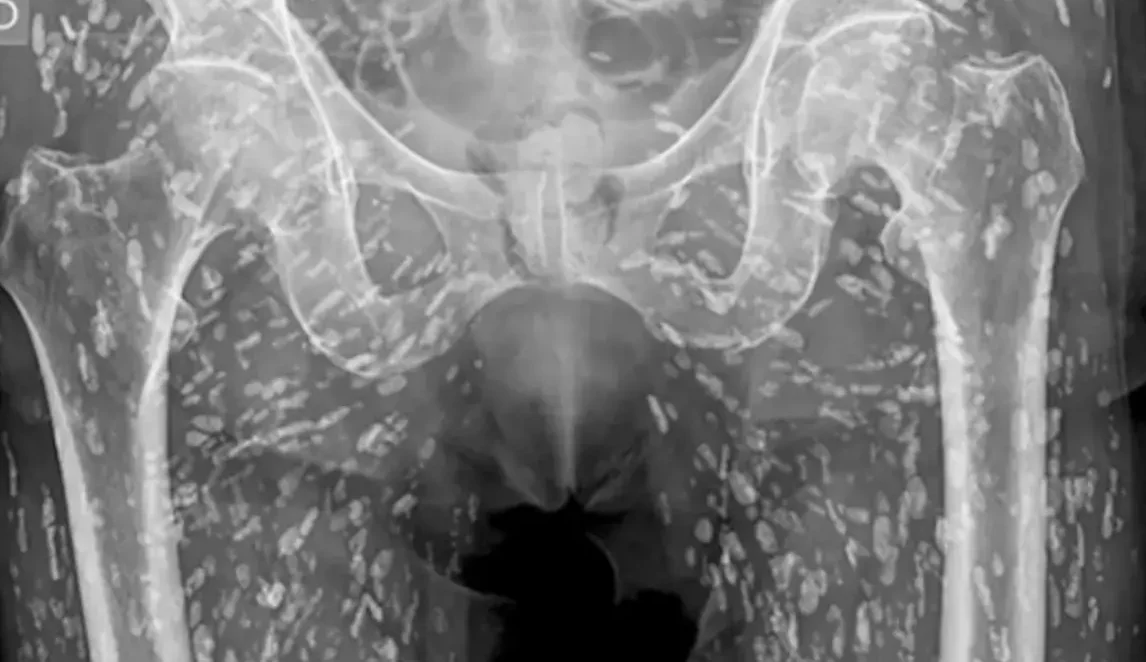A new study has identified a dose-response relationship between the concentration of everyday pollutants and the incidence of out-of-hospital cardiac arrest.
The findings of the research were presented at ESC Congress 2021. “We studied seven common pollutants and found that as the concentration of each rose, the risk of cardiac arrest increased,” said study author Dr Francesca R. Gentile of the IRCCS Policlinico San Matteo Foundation, Pavia, Italy.
“The findings suggest that air quality should be incorporated into predictive models to assist health systems in planning service requirements,” added Dr Gentile.
Air pollution has been established as a potential trigger for out-of-hospital cardiac arrest but the relationship with specific air pollutants remains controversial because of the number of mechanisms involved.
This study examined the associations between short-term exposure to particulate and gaseous pollutants and the incidence of out-of-hospital cardiac arrest.
The study was conducted in the provinces of Pavia, Lodi, Cremona and Mantua in southern Lombardy, which cover 7,863 km2 across metropolitan and rural areas with more than 1.5 million inhabitants.
Data on the daily incidence of cardiac arrest in 2019 were obtained from the regional cardiac arrest registry Lombardia CARe. Information on daily concentrations of particulate matter (PM10, PM2.5), nitrogen dioxide, carbon monoxide, benzene, sulphur dioxide and ozone across the study territory were provided by the regional agency for environmental protection (ARPA).
The authors calculated the median daily incidence of cardiac arrest in 2019, then classified each day as higher or lower incidence than the median value.
Using the concentration values provided by monitoring stations across the study territory, the authors computed the mean daily concentration of pollutants.
A total of 1,582 out-of-hospital cardiac arrests occurred in the study region during 2019, with a median daily incidence of 0.3 cases per 100,000 inhabitants.
The concentrations of PM10, PM2.5, nitrogen dioxide, carbon monoxide, benzene, and sulphur dioxide were significantly higher on days with a cardiac arrest incidence above the median, compared to days when incidence was below the median.
In the initial analysis, ozone showed a countertrend, being at a significantly higher concentration in the low-incidence period. The researchers then evaluated the relationship between the concentration (or dose) of each pollutant and the probability of having an incidence of cardiac arrest over the median value.
After correcting for the average daily temperature, a dose-response relationship was demonstrated for all the tested pollutants, including ozone, where a rise in concentration was associated with a higher probability of cardiac arrest. An inverse relationship was found for temperature, with the probability of cardiac arrest rising as the temperature dropped.
“The observed relationships between concentrations of individual pollutants and the likelihood of cardiac arrest could be used in future to predict the incidence of this life-threatening condition in specific geographical areas,” said Dr Gentile.
“We hope that air pollutant monitoring can improve health service efficiency by being factored into ambulance forecasting models and warning systems,” added Dr Gentile. “In addition to being a threat to the ecosystem, evidence is accumulating that dirty air should be considered a modifiable factor that contributes to cardiovascular disease,” concluded Dr. Gentile.























